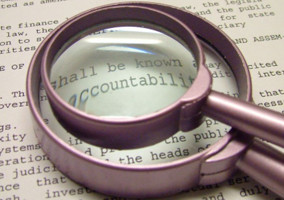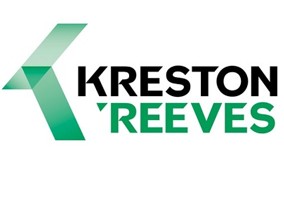It is that time of year, when the finance team has prepared the accounts, the audit or independent examination is in progress, but the trustees’ annual report (TAR) is still outstanding. “Haven’t I just done this?’’ The year has gone quickly. “Can’t I just use last year’s and update the figures?’’
Why do we have a trustees’ annual report?
Put simply, there is a statutory requirement to have one, and it is good governance. For many years people have talked about using the TAR to help sell the charity, but it is more than that. It is about sharing the work you do and the impact you are having on your beneficiaries and the wider society you operate in. Charities no longer exist in their own bubbles, they are part of a much larger community. The pandemic has highlighted the link between the NHS and social care, an area that lots of charities work in. Also, in recent days the media has referred to the profit motive being an issue in social care, but for charities it’s about being sustainable to enable delivery to standards beneficiaries deserve. These charities need access to taxpayer’s funds, but local authorities and governments need to understand their importance and the impact of what these charities do.
While this is a digression from the TAR, I am trying to highlight the importance of the message. Let’s look at who the message is aimed at:
- Donors – do I like what they do? How will my money be spent?
- Funders – does what they do meet my criteria? Will they meet my impact requirements? How will my money be spent?
- Beneficiaries – does this charity meet my needs? What do they do?
- Staff – is the charity a going concern? Are they making huge surpluses at my expense?
- Local authorities – how are they using our money? Have they met our targets? Are they making big surpluses? Are they a going concern?
- The media – how much are support costs? How much does the CEO earn? What looks odd? Is there a story here?
- The general public – am I a potential donor? Am I or my family a potential user?
- HMRC – confirmation that the charity is acting within its objects and not trading.
- Charity Commission – quality of accounts.
As you can see while there are some crossovers, each stakeholder has a different approach and needs, which can make it difficult to address when preparing reports.
Starting with the basics, you should state clearly near the beginning of the report what you are doing and why. Consider the following example: “The charity helps adults with learning difficulties”. Or: “The charity helps adults with learning difficulties lead a more independent and fulfilling life”. Additional information in the second example makes the work you do more meaningful to the reader.
The question charities should continually ask themselves is: “What would happen if we did not exist?”. This is a good starting point to focus on – what you are doing and why? Understanding the impact of not being there will help focus on the impact you have, and this should be clearly explained in your report.
I have read a number of reports where charities talk about the wonderful activities they do, but nothing about what is achieved by doing them. For example: “We operate a day centre that provides meals and activities for attendees.” Important work, but nothing about how this helps with combatting isolation, improving nutrition through the provision of well-balanced meals, improving wellbeing and potentially improved health benefits.
Another question I am asked is: “How long should a report be?” This is difficult as there is statutory information that needs to be included. However, too short and you are not presenting yourself well. Too long and the reader may give up before the end. Clear, concise, and well informed is a good approach. Pictures, quotes and diagrams may prove useful additions as people read information in different ways. A pie chart showing sources of income or expenditure may be easier for the user to understand at a glance than figures in the main body of the accounts.
When you have prepared the first completed draft of the report, ask someone independent of the charity to read it through. Do they find it interesting? If you have pitched it right, you might get a new supporter! I was once in a trustee meeting and the report had recently been revamped. One of the trustees commented that she had not realised what wonderful work the charity was doing. If a trustee doesn’t recognise the quality of what you are doing, how do you expect others to?
I have only discussed one area of the TAR, but there are others that need to be considered and expanded. This includes having a good reserves policy that is well explained and linked to the reserves held at the year end, and assessing the key risks the charity faces. But they are discussions for other articles.
Susan Robinson is a partner at Kreston Reeves
Charity Finance wishes to thank Kreston Reeves for its support with this article
Related articles












